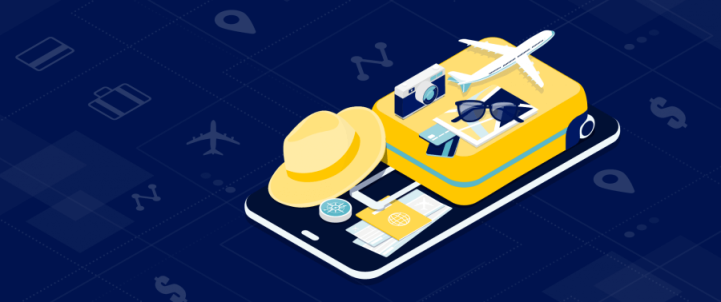The travel and transportation industry is moving faster than a Boeing 747 at thirty-nine thousand feet.
Today’s users have more options than ever when it comes to booking trips and accommodations. And with heavy hitters like Expedia, Kayak, Travelocity, and Airbnb dominating the market, attracting (and keeping) new users is increasingly difficult.
To survive such fierce competition, travel apps must adapt and find new ways to engage users and monetize apps.
Using Expedia and TripAdvisor as examples, we’ll share tried-and-true app monetization strategies our customers have used to drive higher conversion rates across the entire app journey.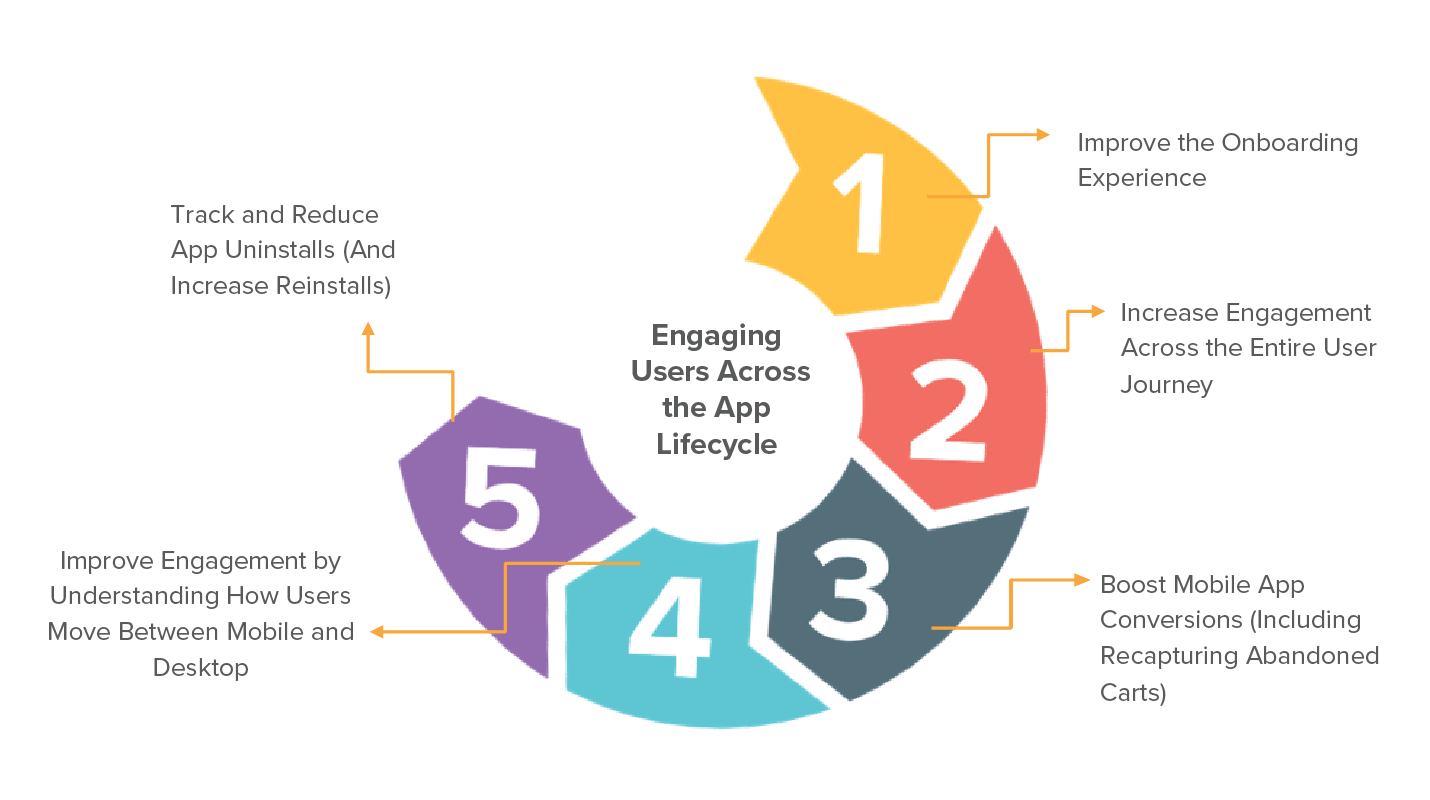
How to Monetize an App: User Onboarding
Your first-time user experience should immediately showcase your app’s value. Whether it’s helping users find the best fares, offering convenient travel packages, or sharing reviews for must-see attractions, your onboarding process needs to highlight key features that will help new users jump right in.
Once that value is clear, more users will opt in to push notifications and enable location access. Since most travel apps won’t work if the user opts out, it’s necessary for apps to clearly explain why users need to enable location access right away.
As for push notification prompts, your app needs to clarify that enabling push notifications will give users access to exclusive discounts, promo codes, and other valuable incentives. Users are only going to opt in when they see enough value in your app to make it worth their trouble.
Check out this onboarding flow by TripAdvisor. It clearly and succinctly communicates the benefits the app offers when users enable location access.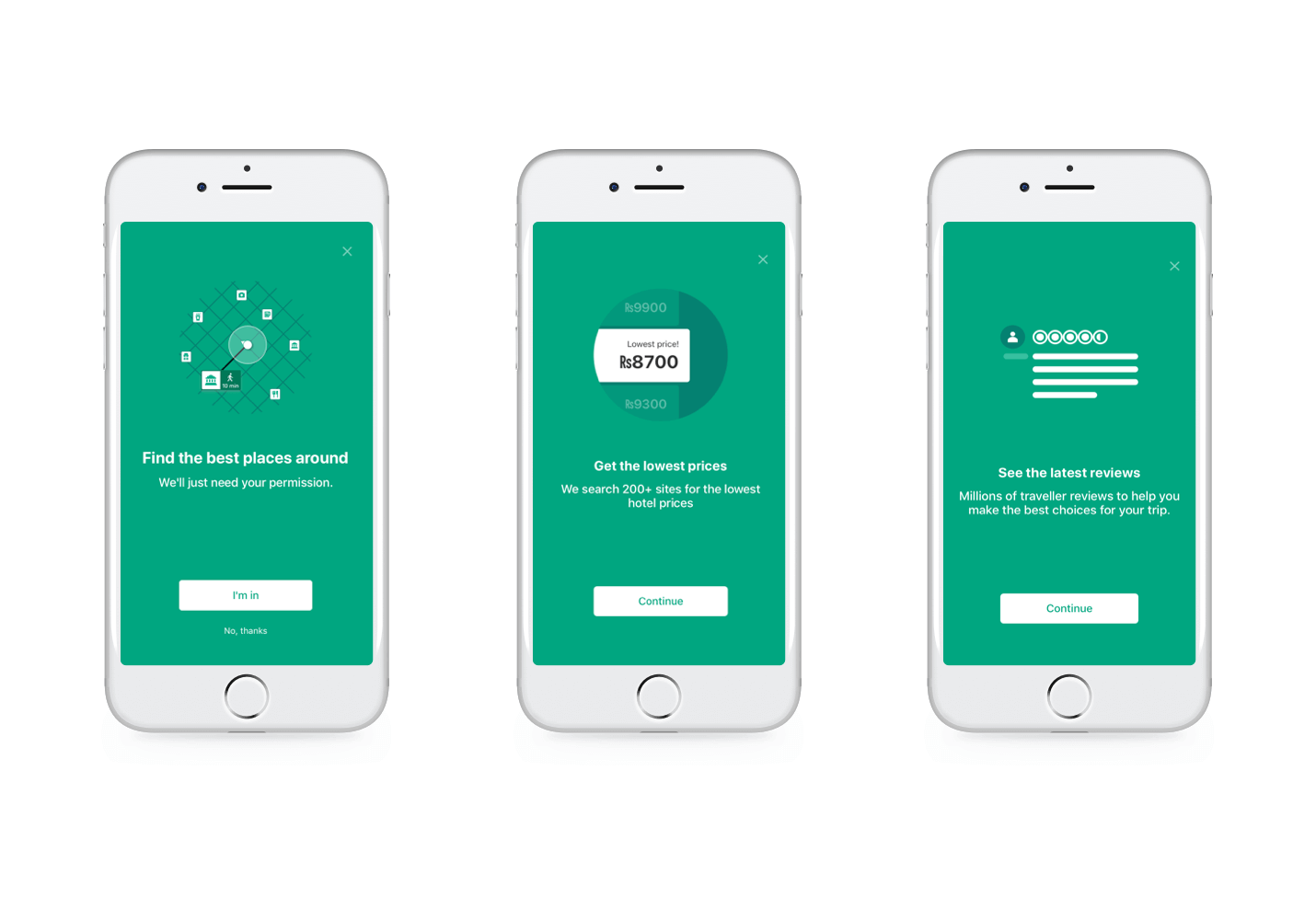
User Engagement & Monetization
Push notifications are one of the most effective user engagement tools mobile marketers have. Use push to:
- Send hotel deals to users who have booked airfare, but not accommodations
- Reference a user’s local airport to suggest enticing getaways or limited-time deals
- Include images and rich media to get users excited about new destinations
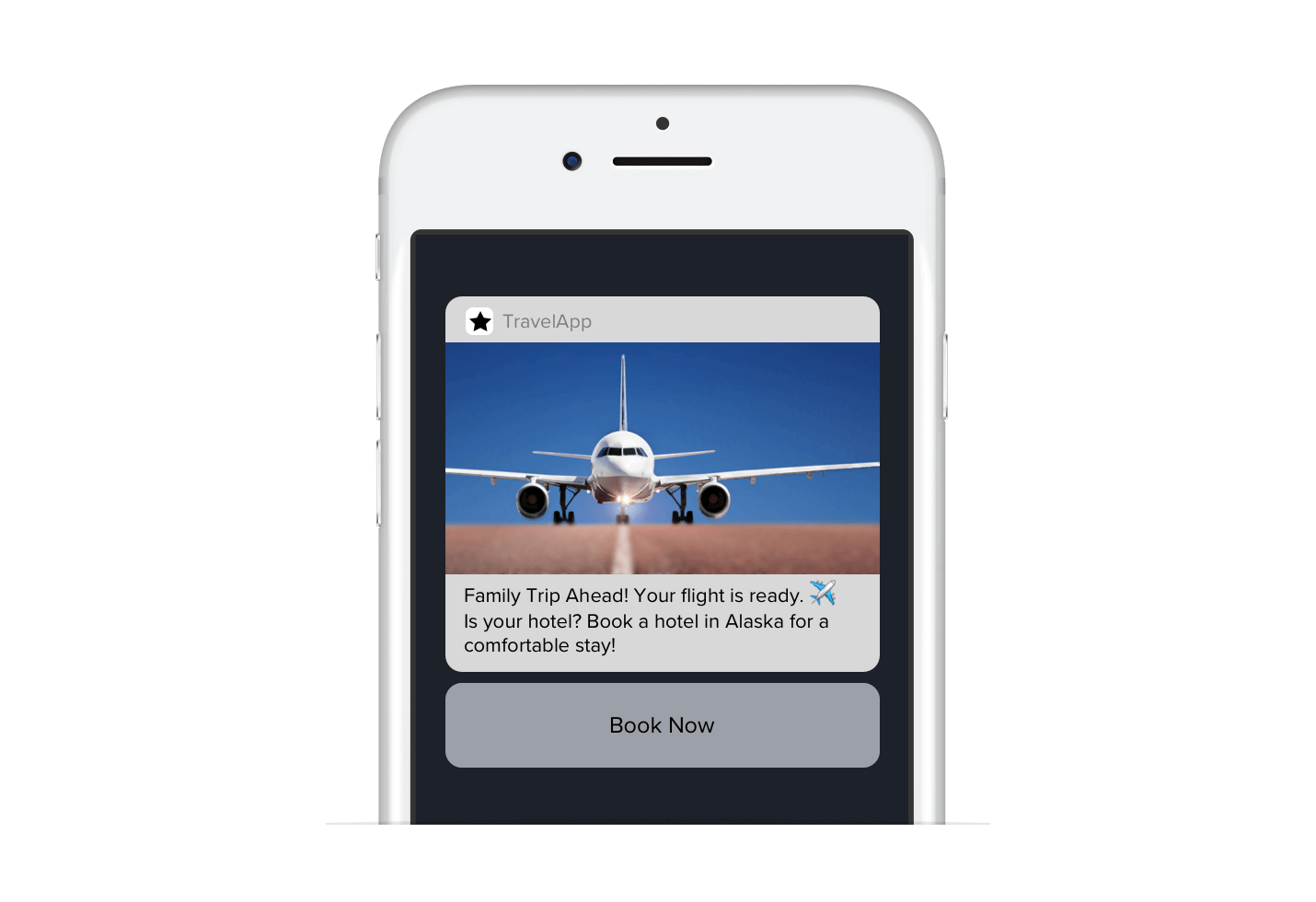
Transactional Messages
Your job isn’t over when a purchase is made. You need to keep engaging users to help build trust and brand loyalty.
Send personalized transactional messages that provide useful and relevant information in real-time:
- Send flight check-in reminders 24 hours before takeoff
- Provide flight status, baggage claim, or gate change updates as they happen
- Welcome users to a new city or country
- Offer hotel check-in details
- Suggest top-rated restaurants and attractions nearby
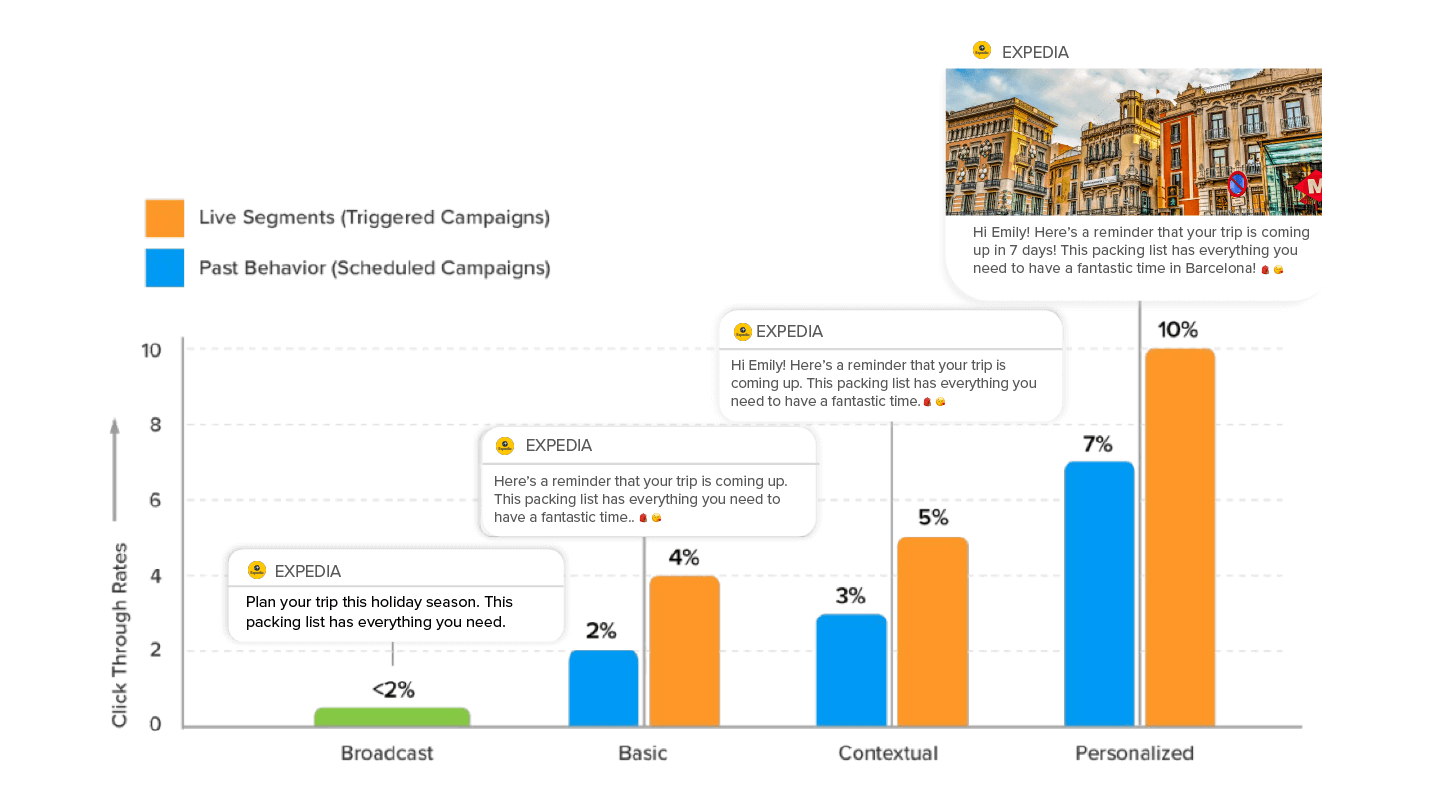
Best Practices for Recapturing Abandoned Carts
The conversion rate for mobile bookings is as low as 10%. We’ve seen that users like to browse deals on travel apps, but prefer to finalize purchases on desktop, since larger screens let them use more tabs to compare prices and travel times.
Online travel agencies see the highest abandoned cart rates at 89%, followed by the airline industry at 75%. Hotels, cruises, and car rentals aren’t doing much better – floating around just under 65% abandonment rates.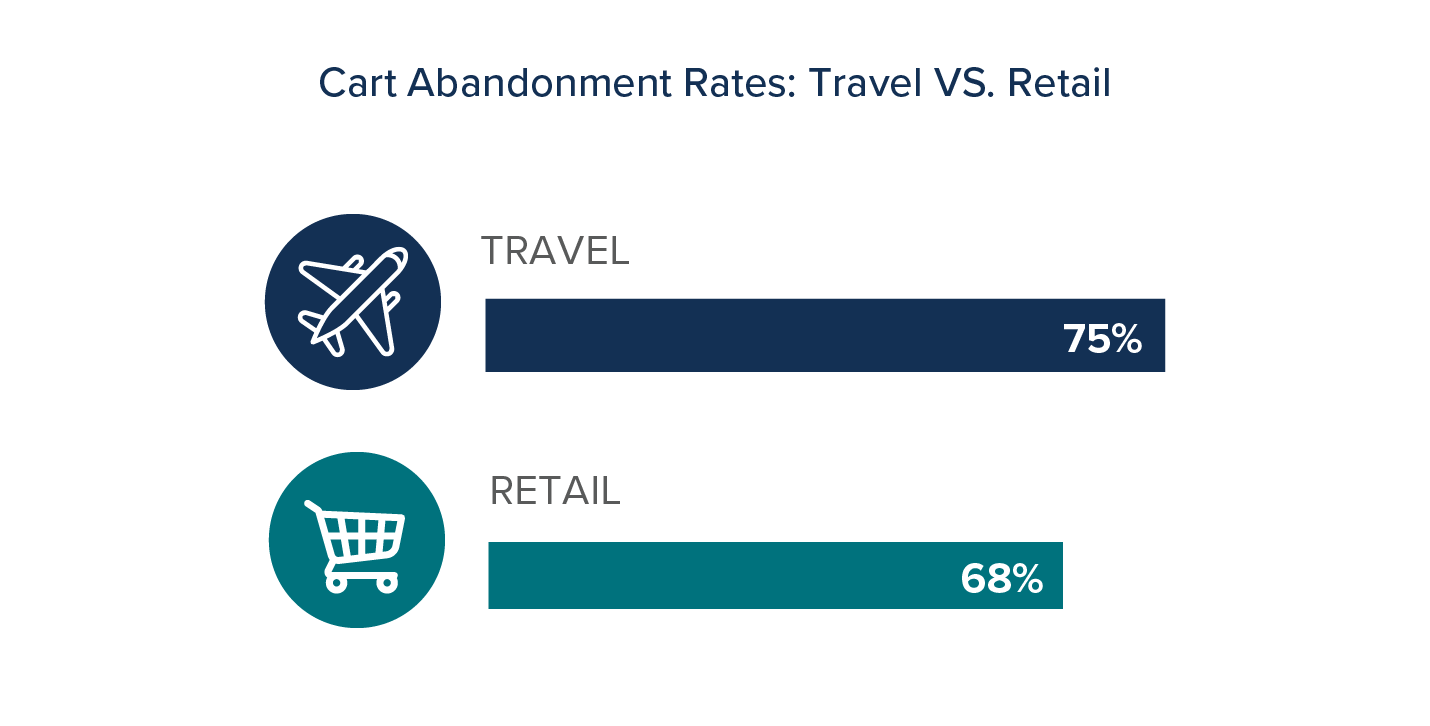
One of the best ways to monetize apps and reduce cart abandonment is to integrate multiple systems for a frictionless experience with webhooks. This will help you connect your website with your call center.
For example: a customer adds a ticket to their cart, but moves to another tab to compare prices.
A webhook could automatically send this data to the travel portal’s call center, and the customer would get a call after 10 minutes. A customer service representative can clear doubts, answer questions, and even notify customers of a limited-time only discount.

The Proverbial Abandoned Shopping Cart
Reactivating Uninstalls
Uninstall rates for travel apps are as high as 20% on iOS and 33% on Android.
In order to keep users around, it’s important to understand common reasons users uninstall an app. What’s the last action users typically take before uninstalling? Send current users following that path a special offer to re-engage them quickly.
For users who have already uninstalled your app, send an email to find out why they left. Our customer Ixigo saw a 12.5% response rate to uninstall emails, providing an invaluable source of user feedback.
Another way to encourage re-installs is to send app-only discount codes to users through SMS and email.
Check out the slideshow to learn even more strategies for improving travel app monetization.
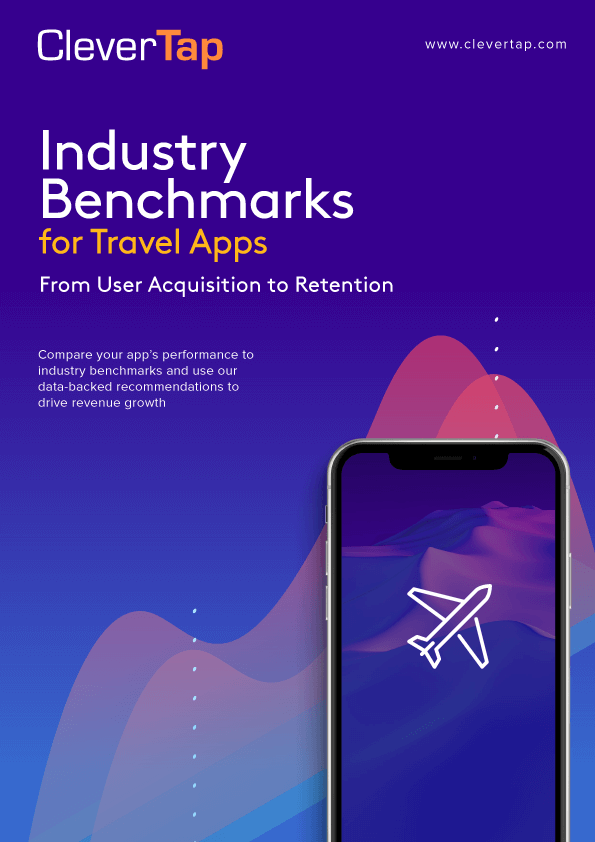
Industry Benchmark for Travel Apps
Tanushree Shenvi 
Tanushree Shenvi is a data-driven marketer with 10+ years of experience in performance marketing and product analytics. She currently leads the Product Intelligence function at CleverTap.
Free Customer Engagement Guides
Join our newsletter for actionable tips and proven strategies to grow your business and engage your customers.















































